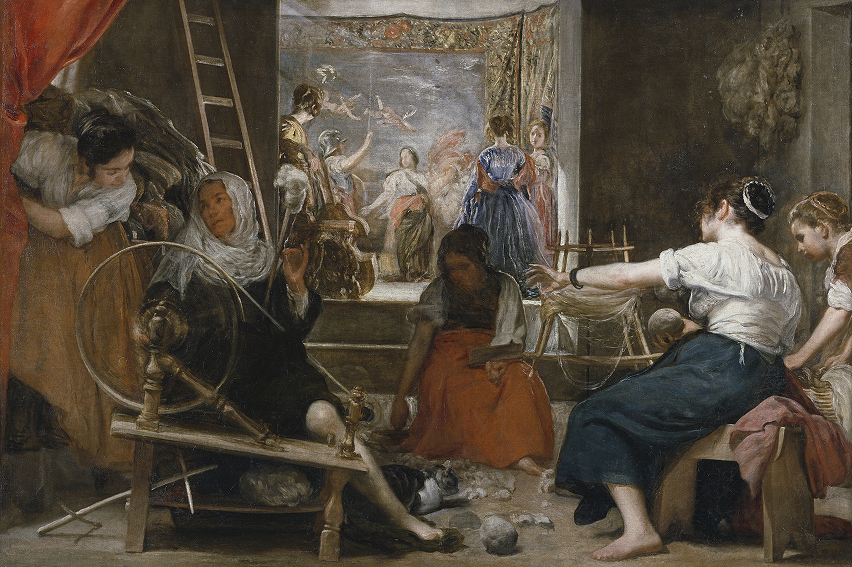How software architecture captures (and shapes) the culture behind the code.
How software architecture captures (and shapes) the culture behind the code.
December 8, 2025
•
Read time

Engineering architecture serves as an anthropological record of a development team's collective psyche. Far beyond its functional purpose of making software operational, the architecture embodies the team's problem-solving philosophy, collaboration patterns, and often unconscious priorities. When we examine a system's structure, we're not just looking at technical implementation details but at the crystallization of human thought processes and organizational dynamics over time.
The very fact that experienced engineers can often determine which teams worked on which parts of a codebase without seeing commit histories speaks volumes about architecture's expressive nature. These structural fingerprints emerge from countless micro-decisions about organization, abstraction boundaries, and error handling that collectively paint a picture of how the team approaches complexity.
The study of naming conventions in software reveals profound insights into a team's cognitive frameworks. Consider three potential names for a user authentication component: AuthService, UserAccessController, and LoginThing. Each represents a different level of conceptual rigor and semantic precision.
Teams that produce consistently well-named components demonstrate several cultural characteristics: they likely have shared mental models about system responsibilities, value long-term maintainability over short-term convenience, and have established (either formally or organically) naming conventions that reduce cognitive load. Conversely, inconsistent naming often correlates with knowledge silos, rushed decision-making, or an absence of technical leadership.
The linguistic structures we choose in code reflect our underlying thought structures. A team that names a class CustomerDataMutator rather than CustomerUpdater reveals a particular perspective on data ownership and mutation patterns that will propagate through the system's evolution.
The lifespan and accessibility of architectural decisions follow predictable patterns based on team culture. High-performing engineering organizations tend to institutionalize decision capture in ways that outlast individual team members. This manifests in several observable ways:
Detailed ADRs (Architecture Decision Records) demonstrate respect for institutional memory. Code comments that explain "why" rather than just "what" indicate anticipation of future maintainers. Consistent use of patterns rather than one-off solutions suggests established design principles.
Conversely, systems where critical knowledge exists only in Slack histories or individual engineers' memories often correlate with cultural patterns like heroism over collaboration, constant firefighting over sustained investment, or leadership that rewards visible output over sustainable practices. The architecture becomes an archaeological record of these cultural forces.
Default choices in software systems accumulate quietly but exert tremendous cultural influence. The decision to use a particular ORM, adopt a specific testing framework, or follow certain deployment patterns creates path dependencies that shape a team's work for years.
Cultures that periodically re-examine their defaults demonstrate intellectual rigor and adaptability. They're more likely to have mechanisms for challenging assumptions and processes for evaluating new approaches. In contrast, cultures where "the way we've always done it" goes unquestioned often display symptoms of technical stagnation, even if individual engineers recognize the need for change.
The most telling moments often come when introducing new team members. Their questions about why certain approaches were taken serve as cultural litmus tests. Teams with strong engineering cultures can articulate their choices' rationale, while others may struggle to explain beyond "that's what the template used."
Achieving architectural clarity requires more than technical skill. It demands cultural commitment. Several observable practices distinguish teams that produce coherent, maintainable systems:
Regular architectural reviews that include not just senior engineers but cross-functional perspectives create systems that serve broader organizational needs. Explicit design principles (like "prefer composition over inheritance" or "domain boundaries must be clearly defined") provide guardrails for decision-making. Investment in tools that surface architectural drift helps maintain conceptual integrity over time.
These practices don't emerge accidentally. They require leadership that values system qualities as much as feature delivery, hiring practices that select for architectural thinking, and incentives that reward long-term value creation over short-term velocity.
Software architecture exists in a reciprocal relationship with team culture. While architecture reflects existing cultural norms, it also actively shapes future cultural evolution. A well-structured system makes certain ways of working naturally easier, encouraging good practices to propagate. A tangled architecture makes good practices harder to follow, reinforcing negative cultural patterns.
This phenomenon explains why architectural refactoring often requires cultural change simultaneously. Introducing microservices to a monolithic codebase, for instance, fails unless accompanied by changes in team structure, responsibility boundaries, and collaboration patterns. The architecture and culture must evolve in tandem.
At Syntaxia, we've observed that the most effective technical transformations recognize this duality. They address not just the technical artifacts but the human systems that produce and maintain them. The result is architecture that doesn't just work well technically but elevates the team's entire way of working.
Engineering architecture represents one of the most durable and revealing cultural artifacts an organization produces. Unlike mission statements or value propositions that may exist only as aspirational documents, the architecture shows what the team actually believes through the concrete decisions made under real constraints.
Teams serious about improving their architectural output must recognize that they're not just changing code, they're evolving culture. This requires patience, consistent modeling of desired behaviors, and recognition that better architecture emerges not from individual brilliance but from cultivated organizational habits. The most elegant systems we encounter are invariably the product of cultures that value clarity, collaboration, and continuous refinement as much as raw technical capability.

Practical modeling patterns that keep pipelines simple, stable, and predictable.

Engineering a reliable link between data spend, platform behavior, and business value.

Practical checks and monitoring signals to spot silent structural changes.